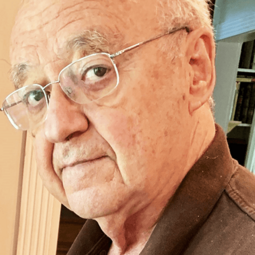George Kunos

Chief, Laboratory of Physiologic Studies, National Institute on Alcohol Abuse and Alcoholism, National Institutes of Health, Bethesda, Maryland, USA
Heroes or mentors?
Four senior scientists had a decisive impact on my professional career. Dr. Mark Nickerson was my PhD mentor at McGill University who impressed on me the importance of the therapeutic aspects of pharmacology and the need to understand the complexity of drug action at the level of the intact organism.
Next, Sir James W. Black, whom I met at a conference in Paris in 1977 and kept in contact with over the next 30 years. He revealed to me the beauty of drug development research. As he once told me: “George, a pharmacologist and a chemist make a company”.
Then Dr. Julius Axelrod whom I first met during a sabbatical I had spent at the National Institute of Health (NIH), and four years later it was on his recommendation that I was recruited to the NIH. Although I had not formally trained with him, I met with him regularly over the years and greatly benefited from his wise counsel.
Finally, I owe my becoming a cannabinoid scientist to Professor Raphael Mechoulam. I first met him at the Medical College of Virginia in 1993, shortly after he published his landmark discovery of anandamide as the first endocannabinoid. At the time, my research focused on cardiovascular pharmacology and when Raphi learned about this, he alerted me to earlier studies that had explored the possible use of THC and its analogs as antihypertensive agents. He then recommended that I find out whether anandamide may have similar effects, which would implicate it in cardiovascular regulation. That opened my eyes to a brand new field and I have remained hooked on the endocannabinoid system ever since.
Advice?
Keep your eyes open for unexpected findings, particularly ones that conflict with your working hypothesis, as they may become the key that opens up a new line of research.















